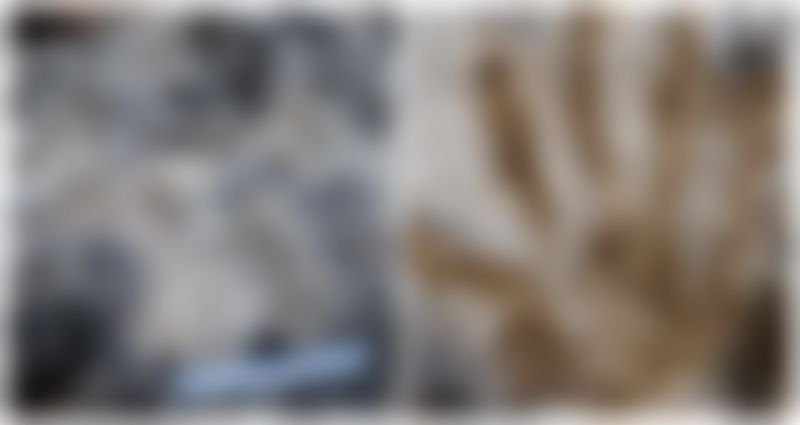Possible oldest prehistoric art ever known is discovered by Chinese scientists in the ‘roof of the world’


Dr. David Zhang and his team of scientists’ discovery of handprints and footprints are being debated over as to whether they are the world’s oldest prehistoric art.
Fossils on the travertine rock: Dr. David Zhang, a scientist from Guangdong, China, found impressions of handprints and footprints on a travertine rock with his research team in Quesang on the Tibetan Plateau in Oct. 2018, reported Time.
- Zhang, the lead researcher from Guangzhou University, plans to appeal to the Tibetan government to conserve his discovery as it “may be the oldest prehistoric art ever recorded and the earliest evidence of human life in the region.”
- According to Zhang’s team, whose findings were published in Science Bulletin, the tracks are between 169,000 and 226,000 years old, dating back to the Earth’s last ice age. Currently, the world’s oldest known art is estimated to be around 40,000 years old.
- They believe the impressions may have been made by children aged 7 and 12.
- Zhang’s findings date older than the earliest known human occupation of the Tibetan Plateau — nicknamed the “Roof of the World” — and it could provide insight into human evolution.
The art debate: It is still up for debate whether the impressions on the rock can qualify as the world’s oldest parietal art.
- Paul Taçon, a professor of anthropology and archaeology at Griffith University in Australia, believes it might be “a stretch” to call the impressions art.
- “The ‘impressions’ reported from Tibet could have resulted from a range of activity and we simply cannot state emphatically that they were made as a purposeful artistic creation,” Taçon told Time.
- University of Oxford Professor Nick Barton questioned, “I agree from their patterning that the footprints don’t look like straight-forward tracks but could they be the kinds of traces left behind by kids at play?”
- But for Zhang, the debate all boils down to context and the conception of what art is. “When you use stone tools to dig something in the present day, we cannot say that that is technology. But if ancient people use that, that’s technology,” stated Zhang.
Featured Image via Dr. David Zhang via Science Bulletin
Share this Article
Share this Article
